Plant Scientist Highlight: Barbara McClintock
Barbara McClintock was born on June 16th, 1902 in Hartford, Connecticut, and was raised in Brooklyn, NY. She was one of four children of Sara and Thomas McClintock. She received her bachelor’s, master’s, and doctorate degrees from Cornell, completing her education in 1927. She defied norms at the time as women were not permitted to study genetics at Cornell. She was the recipient of several prestigious postdoctoral fellowships from prestigious benefactors including the National Research Council and the Guggenheim Foundation. Her postdoctoral work spanned multiple locations including Cornell, the University of Missouri, the California Institute of Technology, and the Kaiser Wilhelm Institute in Berlin. Her early work at this time was focused on how maize genes in chromosomes could “move” during breeding. She, unfortunately, had to return to the United States in 1934 due to the Nazi occupation in Germany.
She accepted her first professorship in 1936 at the University of Missouri. She served as an assistant professor but left in 1940 due to concerns over tenure. She then accepted a one-year appointment at the Carnegie Institution of Washington’s Department of Genetics at Cold Spring Harbor on Long Island, NY. The appointment eventually became a full-time position where she would receive many accolades. She became the third woman elected to the National Academy of Sciences in 1944 and became the first woman to be the president of the Genetics Society of America in 1945. While she postulated that the mobile elements behind the genetic change in maize were “transposons”, she refrained from publishing her data early in her career due to skepticism.
In the 1950s, she received funding from the National Science Foundation and the Rockefeller Foundation to study ethnobotany in maize throughout Central and South America. Throughout her travels, she would collect maize samples of particular evolutionary interest while also serving as a mentor to junior scientists and graduate students. She would eventually publish these works as The Chromosomal Constitution of Races of Maize in 1981. As genetic and protein expression science progressed throughout the 1950s and 1960s, other geneticists were able to verify McClintock’s preliminary findings and confirmed that transposable elements were behind the genetic change she observed. Accolades would follow including the National Medal of Science from President Richard M. Nixon in 1971, becoming the first MacArthur Foundation Grant recipient in 1981, and becoming a Nobel Prize laureate in Physiology or Medicine in 1983. She is also referred to as a pioneer in epigenetics before the field was officially established and recognized. Barbara McClintock passed away in Cold Spring Harbor, NY on September 2, 1992 at 90 years old.
References:
https://profiles.nlm.nih.gov/spotlight/ll/feature/biographical
https://www.nature.com/scitable/topicpage/barbara-mcclintock-and-the-discovery-of-jumping-34083/

Patrick Thomas is a plant biology graduate student from the University of California, Riverside. His main interests are in plant biology, bioinformatics, plant-pathogen (insect) interactions, and addressing global food insecurity. You can follow him on Twitter @soylentSG


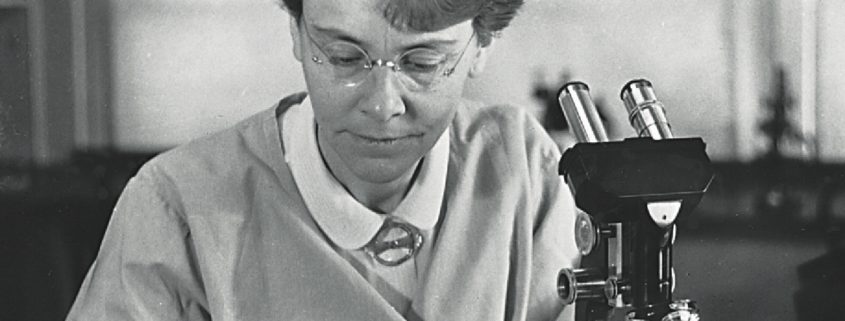
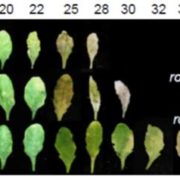
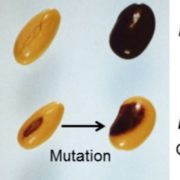
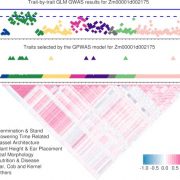
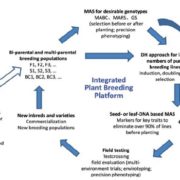
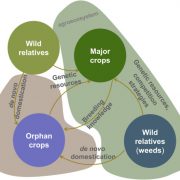
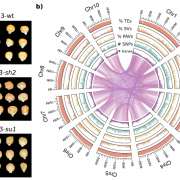


Leave a Reply
Want to join the discussion?Feel free to contribute!